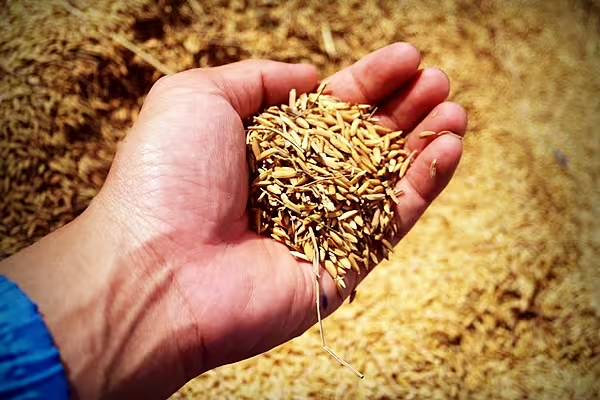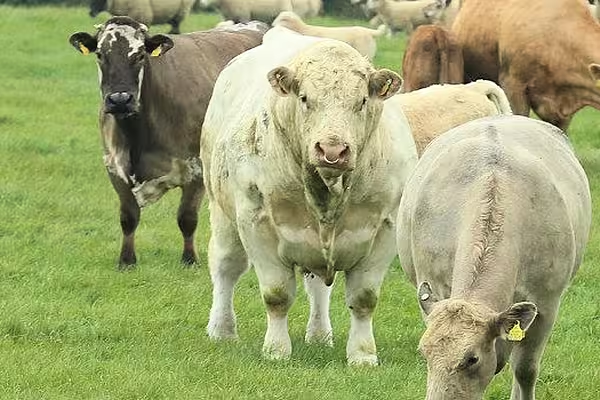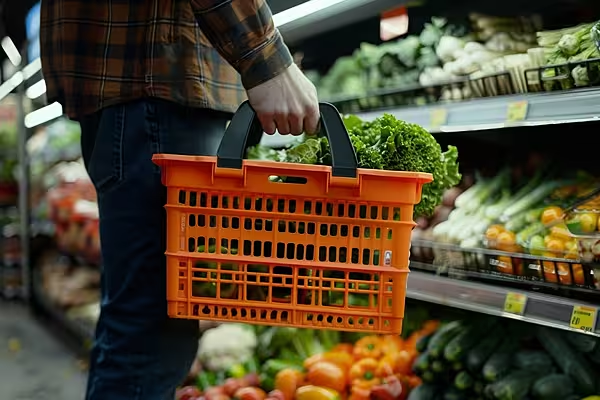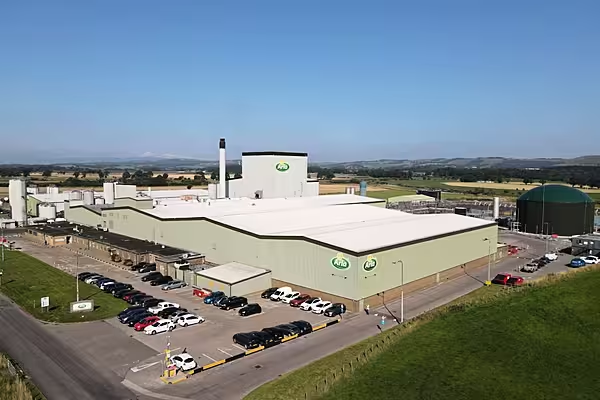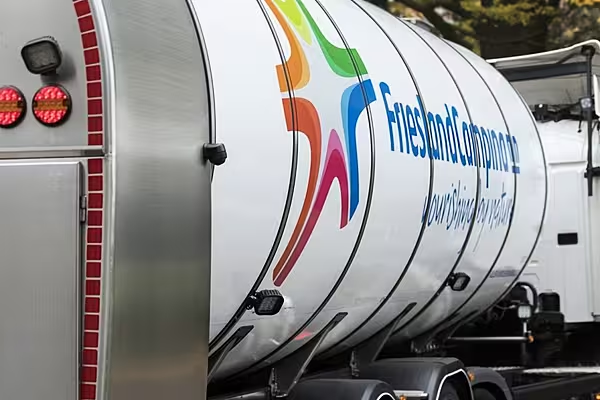Beef is now so expensive in Argentina, which once was the third-largest exporter, that slaughtering plants are about to start importing cattle from neighboring countries for the first time in almost two decades.
It’s a big switch for a population that eats more beef per person than any other and where the meat has become as much a part of their national identity as the tango or World Cup soccer. Rising costs have encouraged what was almost unthinkable a decade ago: beef demand is dropping, and consumers are substituting with cheaper chicken and pork.
Argentina’s cattle industry – the third-largest exporter a decade ago – was upended by the end of price controls and a devaluation of the peso under newly elected President Mauricio Macri, who altered the policies of his predecessors to revive an economy hobbled by a government debt default. In December, the start of the South American summer, the price of beef used for barbecues known as asados surged 28 per cent. To ease the strain, Macri authorized imports of beef and cattle from neighbors like Uruguay.
"This is a shame – an unexpected event that is the result of 12 years of wrong government policies," said Ulises Forte, who has 500 head of cattle at a ranch in La Pampa province and is president of the Institute for the Promotion of Beef Argentina (IPCVA). "Fortunately, these imports won’t be that high."
Herd Shrinks
Before Macri arrived, the governments of former presidents Nestor Carlos Kirchner and, later, his wife, Cristina Fernandez de Kirchner discouraged beef exports with rules intended to keep domestic supplies ample and prices low. Instead, ranchers lost the incentive to expand herds, which shrank to 52 million head last year from 60 million in 2003. Raising cattle was more costly than using the land to grow soybeans, so many switched.
Argentina’s beef exports, which surpassed all but Brazil and Australia in 2005, tumbled 69 per cent over the next decade and ranked 11th in the world last year, according to US Department of Agriculture data. Shipments were the lowest in 11 years, government data show.
To revive the incentives for ranchers, the government lifted export restrictions and devalued the peso. The Argentine currency has plunged about 40 per cent against the dollar since December 1, which makes it more profitable for farmers and ranchers to ship their products overseas to buyers who pay in US currency.
Two Years
But that won’t solve the cattle problem right away. It can take two years to expand the herd because more cows are being withheld from slaughter for breeding. After a nine-month gestation period, it takes another six months or more to raise calves to slaughter weight. Beef output fell by 6 per cent to 215,000 metric tonnes in January from December as ranchers brought fewer animals to market.
"During the Kirchner administrations, breeders dismantled their herds as beef wasn’t profitable," said Miguel Schiariti, the president of CICCRA, an industry group. "With these new rules, the business will again be profitable, but rebuilding a herd takes time, and consumers will have to pay more for a product that was subsidized before."
When the currency plunged, the cost of meat for domestic consumers surged. Barbecue beef jumped to 112.09 pesos ($7.29) per kilogramme (2.2 pounds) in December, up from 87.68 pesos in November, industry data show. That’s discouraged buying in a country where people eat 1.1 kilogrammes of beef a week on average. Demand for the meat tumbled 7 per cent in January from the same month in 2015.
Allowing Imports
To ease the pain, Macri lifted import restrictions. The last time Argentina allowed ranchers to bring in cattle from outside the country was 1998, and it rarely permits non-domestic meat. In 2013, the government authorized 1.5 tonnes of rib imports, and in the 1990s allowed 10 tons of sweetbreads from the U.S.
"We can import because our beef prices are higher than our neighbours," said Maria Antonelli, an analyst at the Bahia Blanca Exchange. The export price of Argentina’s novillo is $330 a metric tonne, compared with $320 for the same cut from Uruguay, $235 from Brazil, and $245 from Paraguay.
While Uruguay consumes 30 per cent of its output and exports the rest, Argentina has been eating a larger share of its domestic supply. The country now eats 93 per cent of production, exporting only 7 per cent, compared with the average of past years when it consumed 70 per cent and shipped 30 per cent, government data show.
Beef Shipments
Uruguay, which is 15 times smaller than Argentina by land area, exported 360,000 tonnes last year, while Argentina shipped just 230,000 tonnes. Paraguay exported 400,000 tonnes, and Brazil shipped 1.6 million tonnes.
"The US model of importing cheap beef for ground beef and exporting expensive cuts to Asia would be a good model to be followed by Argentina," said Raul Milano, executive director at Rosario-based Mercado Ganadero SA, the country’s largest broadcast auction market. "We should also export most of the tenderloin we can and import ribs."
For the next year or so, Argentina’s ranchers will focus on increasing cattle weights to generate more beef for export, even as they withhold more cows for breeding.
"Breeders will have the chance to fatten their herds and get higher export prices in two years," Leonardo Sarquis, the agriculture minister of Buenos Aires province, said in an interview in Ramallo, 214 kilometres (133 miles) north of Buenos Aires.
News by Bloomberg, edited by ESM. To subscribe to ESM: The European Supermarket Magazine, click here.

